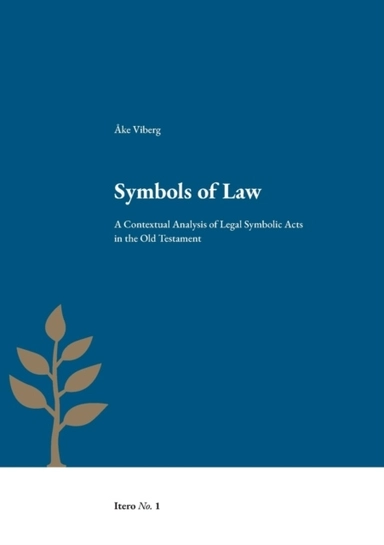

Symbols of Law : a contextual analysis of legal symbolic acts in the Old TestamentUpplaga 1
- Upplaga: 1a upplagan
- Utgiven: 2021
- ISBN: 9789188906137
- Sidor: 206 st
- Förlag: Enskilda Högskolan Stockholm
- Format: Häftad
- Språk: Engelska
Om boken
Åtkomstkoder och digitalt tilläggsmaterial garanteras inte med begagnade böcker
Mer om Symbols of Law : a contextual analysis of legal symbolic acts in the Old Testament (2021)
I december 2021 släpptes boken Symbols of Law : a contextual analysis of legal symbolic acts in the Old Testament skriven av Åke Viberg. Det är den 1a upplagan av kursboken. Den är skriven på engelska och består av 206 sidor djupgående information om religion. Förlaget bakom boken är Enskilda Högskolan Stockholm.
Köp boken Symbols of Law : a contextual analysis of legal symbolic acts in the Old Testament på Studentapan och spara pengar.
Tillhör kategorierna
Referera till Symbols of Law : a contextual analysis of legal symbolic acts in the Old Testament (Upplaga 1)
Harvard
Oxford
APA
Vancouver



















